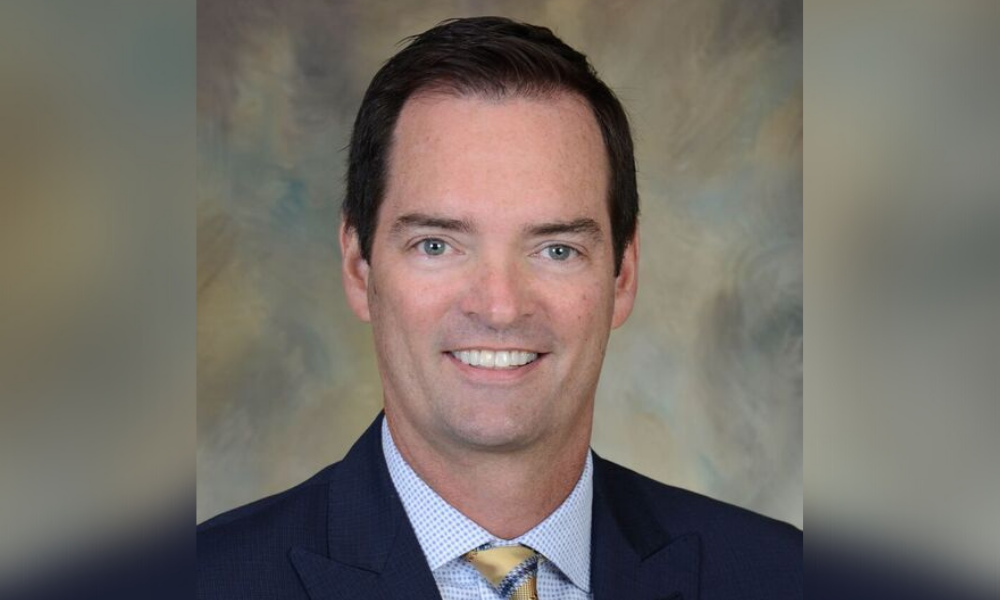Wholesale lender a standard bearer for "safe environment" non-QM loans

The 2008 financial crisis that brought entire corporations to their knees, precipitating the biggest recession in living memory, will forever be associated with one particular mortgage product; one which added a new word to the wider English lexicon – subprime.
The crash was primarily caused by deregulation and a relaxation of banking rules, but, since then, there’s been a major effort to make the mortgage market safer, thanks to the combined efforts of private industry and the government, resulting in the Dodd-Frank Wall Street Reform and Consumer Protection Act.
Some sections of the mortgage industry are, however, still trying to shed the fly-by-night image of greedy bankers and brokers, stuck in a perpetual loop involving even greedier shareholders, shady hedge funds and the specter of multi-billion-dollar, tax-funded bailouts.
Read more: Angel Oak names head of mortgage strategies
There’s no denying that honest brokers – in both senses of the word – were left to pick up the pieces of a bruised and battered industry 13 years ago.
One of the major figures trying to win over sceptics today is Angel Oak Mortgage Solutions, a leading non-QM wholesale lender in the business since 2013. Tom Hutchens (pictured), the executive vice president of production at Angel Oak Mortgage Solutions, said the company was on an “education and awareness mission” to change public and industry perceptions of the company’s biggest product.
“What we do is educate the marketplace on what non-QM is, and then make more originators aware of the products and programs and show them how it fits into their business,” he said.
“The number one misconception is that this is just subprime 2.0, and that really couldn’t be further from the truth. Before it was no money down, and no income - and we have zero interest in doing those types of loans,” he stressed. *
Read more: Angel Oak Companies issues $303 million non-QM securitization
With more than 20 years’ experience in the industry, Hutchens believes the company has made substantial inroads in restoring clients’ trust and their faith in non-QM products. Much of that is down to listing the major differences in non-QM compared to its predecessor, when almost every loan was 100% financing.
“Fast forward to 2021 and it’s the average loan to value (LTV) which is determining that down payment, and the average down payment is 25%,” he added.
Read next: Find out the average down payment on a house in the US and more!
“Another really significant difference is that, pre-financial crisis, there were stated income loans, meaning documentation was not required for someone to have an income and qualify for a loan. Today, stated income does not exist - all borrowers have to have a documented ability to repay,” he pointed out.
Angel Oak has also helped by making the loan application process easier to understand, not just for clients but mortgage professionals as well, Hutchens said.
“The average loan officer can’t read tax returns, they’re very convoluted and can include a lot of addendums. Bank statements are actually easier (to understand) - a bank statement loan is a good loan,” he noted.
One of Angel Oak’s non-QM star features is that every loan has a 30-year fixed program, which Hutchens said removes confusion for the borrower.
He said: “They know what their payments are going to be, today, next year, five years, 10 years, and until the life of the loan.”
Non-QM produced $25 billion in origination in 2019, pre-COVID, but as a “safe environment” for investors it has a much bigger potential for growth, Hutchens insisted.
“We believe the market is 10 times bigger than what it is today - the potential of non-QM in volume is that it should be in the $300 billion annual range,” he concluded.



